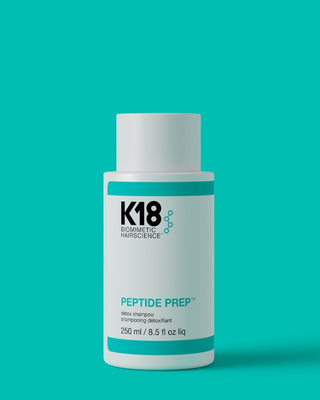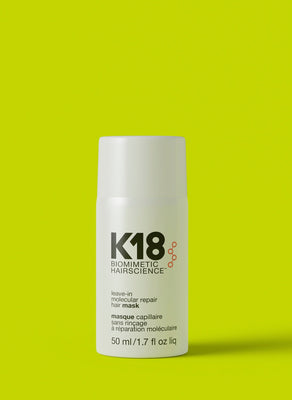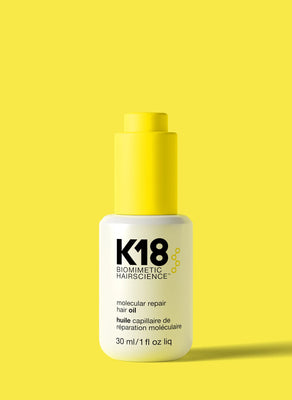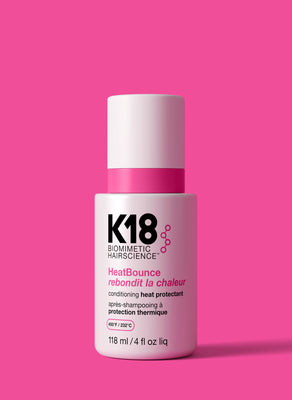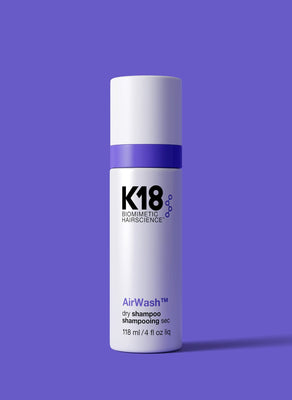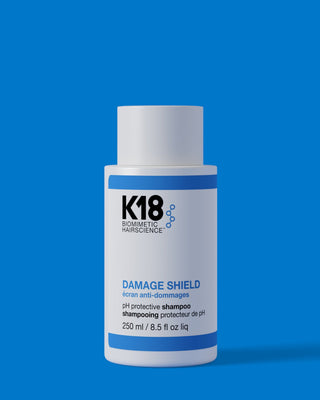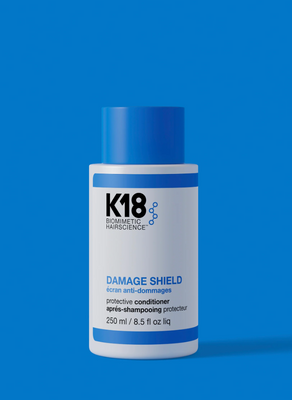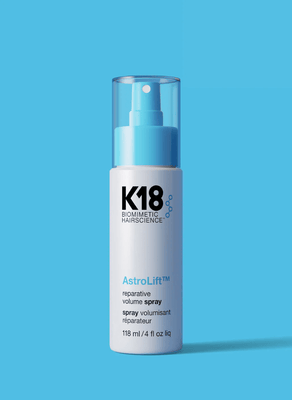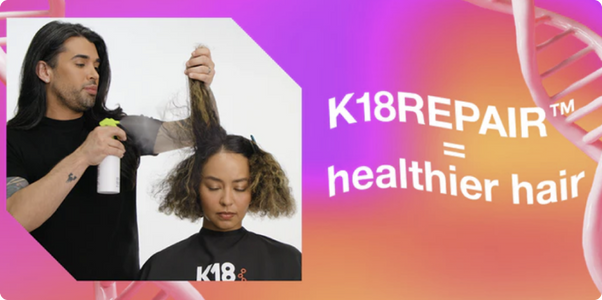Is it an effort to keep your hair conditioned and moisturised? You may want to consider having your hair porosity tested. Porosity is your hair's ability to absorb moisture, which is influenced mainly by your genetics.
Learn more about hair porosity, its different levels, and how you can care for your hair based on its porosity when you continue reading.
What Is Hair Porosity?
Hair porosity refers to the ability of hair to absorb water. It is determined by the size of the cuticle and the shape of the scales present in the hair's cortex.
Hair porosity is a critical factor to consider when choosing a hair care routine and products.
What Are the Types of Hair Porosity?
How do you measure hair porosity? You can determine hair porosity based on the rate at which the hair shaft absorbs water.
1. Low Hair Porosity
Low hair porosity refers to hair that absorbs little water and maintains its natural porosity. It remains resistant to being reshaped or altered by treatments.
How Can You Care for Low-Porosity Hair?
If you have low porosity hair, opt for hair products rich in ingredients such as vitamins, proteins, and essential fatty acids. These are key in retaining moisture and preventing damage from occurring.
Low porosity hair may be prone to tangles, so to avoid this, you should use products that are conditioning and rich in moisturising agents.
Caring for low porosity hair involves shampooing every one to two days at most. Frequent shampooing can strip the hair of its natural oils. After shampooing, you should apply a deep conditioner, which will help strengthen the hair shaft.
2. Normal Hair Porosity
Normal hair porosity refers to hair that absorbs water but is not overly resistant to water. This type of hair is ideal for hair products explicitly designed to be used on a wide range of porosities.
How Can You Care for Normal-Porosity Hair?
When choosing hair care products for your normal porosity hair, opt for those that are silicone-free, sulphate-free and salt-free. This is because these ingredients can cause damage to the hair shaft's outer layer.
For your normal porosity hair, you can shampoo your hair as often as you like. However, you should pay attention to how you apply the shampoo. Massage it thoroughly on the scalp and then rinse thoroughly.
You can also use a good conditioner that will leave your hair silky and shiny.
3. High Hair Porosity
High hair porosity refers to hair that absorbs water easily and frequently. This occurs when the cuticle is not tightly secured to the cortex. This type of hair is also referred to as "porous hair."
If you have high hair porosity, you have to be more careful of the ingredients you use when choosing a hair care routine.
How Can You Care for High Porosity Hair?
For your high porosity hair, you should choose hair products rich in protein and moisture. You may want to use a hair mask for a deep conditioning treatment.
If you have high porosity hair, you may also want to deep condition your hair weekly or bi-weekly. Another option is to use a good hydrating shampoo that will keep your hair moisturised and shiny.
Try deep conditioning your hair with a leave-in conditioning cream to maximise the effects of your hair care routine. Use a leave-in conditioner that is silicone-free and hydro-protective to help strengthen your hair shaft.
Final Thoughts
The type of hair porosity that you have is a significant factor to consider when choosing a hair care routine and products. By understanding your hair porosity, you'll be able to use the most appropriate hair care products for your hair. If you want to know your rate of hair porosity, you can get your hair tested at a salon or visit a dermatologist.
If you’re looking to buy hair products online in Australia, check out K18. K18 hair products are designed to repair even the most extreme damage in the hair through our patented K18 peptide. Experience the benefits of K18 by placing an order today!